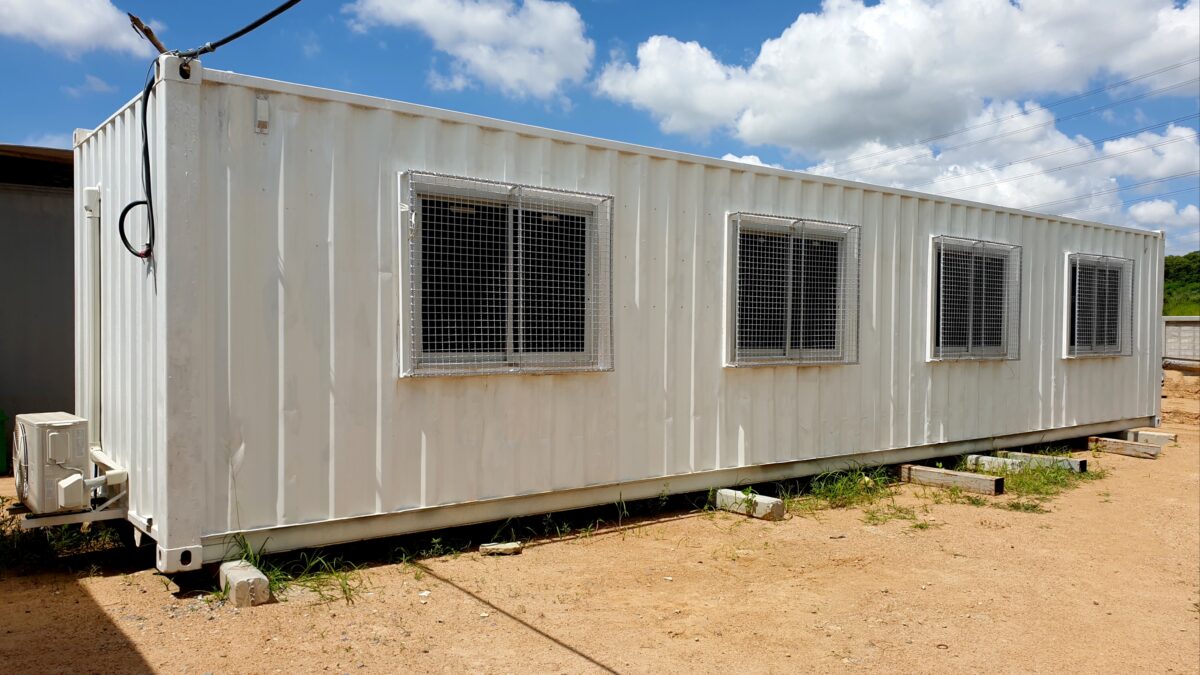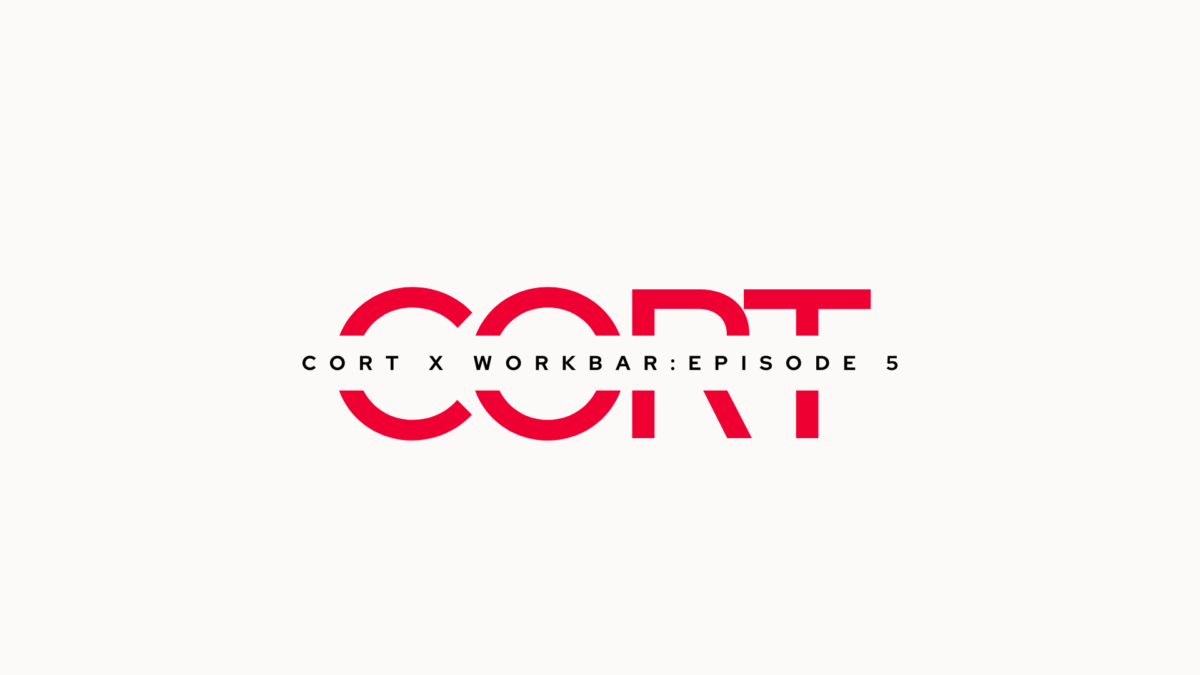Recent data suggests that approximately 50% of organizations already require or are planning to require workers to return to the office full-time within the next year. However, 52% of employees are considering switching to a full-time hybrid or remote job.
Can workplace reconfiguration help bridge the gap? The pandemic has proven that the workplace is no longer a space that everyone has to come to. And even though businesses are eager to bring everyone back, employees are looking for flexibility. An office environment that’s more supportive and designed with employee health in mind while offering a mix of private spaces and those that support meaningful interactions to provide employees with a choice of their work environment may well help attract employees back to the workplace.
Benefits of a Wellness-Focused Workplace
In the wake of COVID-19, focusing on employees’ health and wellness has been more important than ever. Early conversations about the need for airflow, ventilation, and adequate distancing have since shifted to include a more robust lineup of needs and wants, including a welcoming design, an increase in collaboration space, multifunctional furniture, and spaces that address the needs of remote workers.
On average, we spend approximately 90% of our time indoors. Our physical environment has a tremendous impact on our health. Workplace reconfiguration with health in mind makes good sense. In addition to helping attract workers back to the office, there are distinct advantages to workplace updating with wellness kept top of mind. Designing a wellness-focused workplace supports productivity, addresses mental health concerns, enhances privacy and collaboration, and can strengthen company culture.
Elements of a Healthy Workplace
Strategic workplace reconfigurations has always been an important element in creating an environment that’s conducive to productivity by helping employees focus and stay focused. The pandemic only accelerated the trends that were already picking up speed.
In today’s post-pandemic work world, it’s also crucial for helping employees feel safe returning to the office while helping organizations weather the shifting role of the workplace.
What’s more, there’s no single solution or blueprint to follow. Each business must ask itself key questions to decide upon the elements most important to them and how best to incorporate them. First and foremost, what do your employees want from the space? It’s also helpful to consider not only what employees want, but how they use the space now and how they might use it in the future.
Providing a welcoming workplace design, addressing hygiene needs, and making sure there’s privacy in the key areas it’s needed is a good start. Additional elements to consider in your design include:
- Providing flexible workstations: During the pandemic, many employees shifted to working from home. As they return to the office an adjustment to how they’re asked to work must be made. Today’s employees don’t want to be chained to their seats for eight hours a day and want more options for where they work within the office. In addition to things like ergonomic seating to minimize strain and t sit-stand desks for those who want to work in varying positions, also consider creating flexibility in how different spaces are used. For example, you might have quiet zones for focused work, social areas for gathering together, and collaboration spaces to encourage teamwork and creativity.
- Integrating natural elements: Natural light, plants, living walls, and outdoor spaces can all enhance creativity, productivity, and employees’ sense of overall wellbeing.
- Improved air quality and ventilation: Not only does this help with virus mitigation but improving indoor air quality can boost productivity. Using green cleaning protocols, installing or upgrading air filtration systems, and adding plants can contribute to fresher, cleaner air.
- Installing high-quality lighting: By layering overhead, ambient, and task lighting while also maximizing natural light, you could decrease employees’ eyestrain and headaches. Replace flickering lights, avoid placing furniture in areas that block sunlight, and focus on providing a variety of non-glare lighting options.
1. Welcoming workplace design
In today’s shifting workplace, creating a space that people want to return to is critical for building thriving cultures, retaining top employees, attracting top talent, and enticing remote workers back to the office. To create a welcoming workplace, the office should be more than just a place where everyone comes to check off tasks on their schedules. It should become a warm, welcoming space that makes employees feel as though they belong there. Designing inviting spaces for learning, collaborating, and creating can not only make it more attractive to return to the office, but it can also influence employee behavior and help communicate the organization’s perspective.
To start, you must listen to what employees want. That doesn’t mean everything should go into the design. Rather, you can use that as a jumping-off point. Some tips include:
- Making sure workspaces can be adjusted for different sensory sensitivities
- Communicating the company’s dedication to diversity and inclusion
- Providing resources to help employees raise awareness about issues, support each other, network, and problem-solve
- Reducing dedicated desk space and increasing the number of team-focused spaces
- Providing flexible areas to give employees a break from their normal seating area
- Including the three C’s: spaces to concentrate, spaces to collaborate, and spaces to contemplate
2. Multifunctional furniture
Furniture plays a pivotal role in the workplace — both now and in the foreseeable future. Businesses must invest in creating a more dynamic workspace that addresses their workforces’ preferences and needs, whether they go hybrid or fully back in the workplace. One effective way of doing that is by using furniture strategically. Movable elements like open shelving and mobile walls allow you to respond to the need for team groupings and create a more intimate atmosphere.
For workplace reconfiguration that provides optimal flexibility, multifunctional furniture is key. Some of the trends in using multifunctional furniture include not only creating visually private spaces in open offices but also acoustically private spaces. Adding rugs, upholstered furniture, and dividers can all help block sounds and create that more intimate setting that’s conducive to focused discussions. Adjustable seating, sit-to-stand desks, conference tables that can double as collaboration space, and furniture on wheels help you pivot quickly and rearrange according to employee needs and desires.
3. More collaboration spaces
One of the profound lessons that many organizations have learned throughout the pandemic is just how much the social experience that’s part of work really matters. Using workplace updating and reconfiguring to help rebuild that sense of connection again can help drive the desire for employees to come back to the office and stay there. Consider scheduling regular times for everyone to come together. For example, you might have routine Friday socials where everyone has lunch together and works on problem-solving or strategizing or a few days every month to come together for project work.
For everyone to feel comfortable and to enable a positive exchange of ideas, you need to create the right collaboration space or spaces. Ideally, these areas should be comfortable and accommodating to help put everyone at ease, enhance focus, and boost creativity. Design the space to fit the whole group or with the ability to quickly add as needed, and arrange furniture in a way that helps give participants a clear view of each other.
Additionally, it helps to set the mood by making it an exciting space to be in. This is why so many tech companies have included gaming areas and big-screen televisions in their office designs. You don’t have to design a recreational room, but it does help to have this be area employees want to spend time in. What the space looks like is ultimately up to you, but it should be informal and comfortable to allow employees’ minds to wander as they search for outstanding ideas.
Layer the space with analog and digital information, zone it to include areas for meetings, brainstorming, calls, and more focused collaborative work, and make sure your employees have access to the resources they may need, including technology and equipment.
4. Remote worker spaces
There’s likely to be a percentage and in some cases a significant percentage, of workers that remain working remotely. There’s nothing to say that organizations can’t use flex space to set up coworking spaces to meet the needs of remote workers. With workplace reconfigurations, you could also devote a portion of your square footage to those remote workers so they have a place to set up when they do come into the office in person.
To do this successfully, it helps to consider creating designated spaces for one-on-one meetings or team huddles. Investing in video conferencing tools for seamless connection while remote workers are out of the office and using a booking system to allow remote workers to book meeting rooms are also helpful.
Avoid having the desk shuffle associated with hybrid workers — who come into the office part-time and work remotely for the rest — by using hot desking, a solution that allows employees to reserve their desks every morning. This keeps space available for everyone and maximizes the use of your resources since you may not need a desk for every employee, just those who are in the office on any given day.
Supporting Employee Wellness with CORT Permanently Flexible® Solutions
The pandemic has proven that the office isn’t a place where everybody has to work every day in order to maintain productivity, and many employees want to retain flexibility in their working arrangements. The office’s purpose is shifting, and the reasons that people are coming into the workplace are evolving. As this shift continues, the workplace is becoming increasingly important for employee engagement, retention, and supporting the company’s culture.
We believe that the office is just as critical as ever since it gives employees an experience that you just can’t duplicate with technology. How the office is used will become an important element in every organization’s strategy to retain talent and attract their employees back to the office.
CORT goes beyond workplace furniture rental and this is due to our dedication to the service we provide. CORT Furniture-as-a-Service™ provides access to exactly what an organization needs without the additional costs and hassles of ownership. We also have two additional tools to allow businesses to be nimble when needed and adapt their plans seamlessly with minimal disruption.
4SITE space utilization sensor technology and space optimization data can help you measure how your space is used to make informed decisions for your workplace reconfigurations.
Combined with FaaS, we’re uniquely able to support organizations as they probe their needs and reassess their ability to respond quickly and effectively to ever-changing conditions. By embedding flexibility within workplace solutions, businesses are able to experiment, measure, modify, and repeat on an ongoing basis within their workplace. Not only does this support mindful habits, but also allows organizations to remain agile, responsive, and supportive of the changing needs of their workforce. Learn more at CORT.com today.






